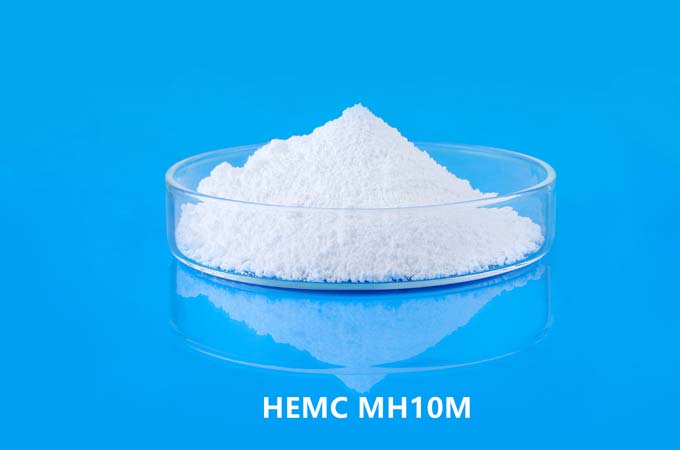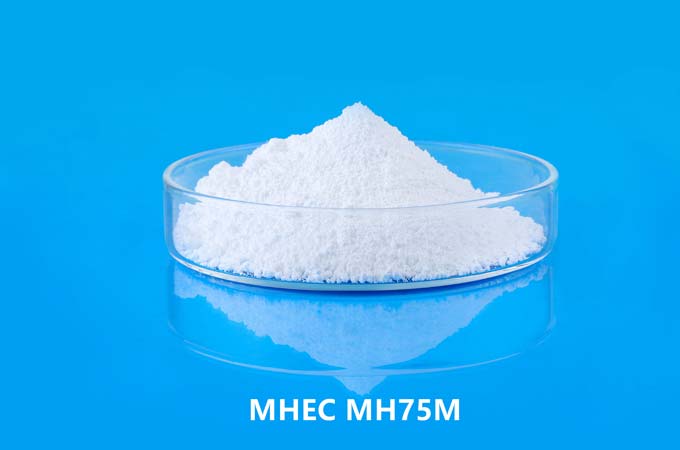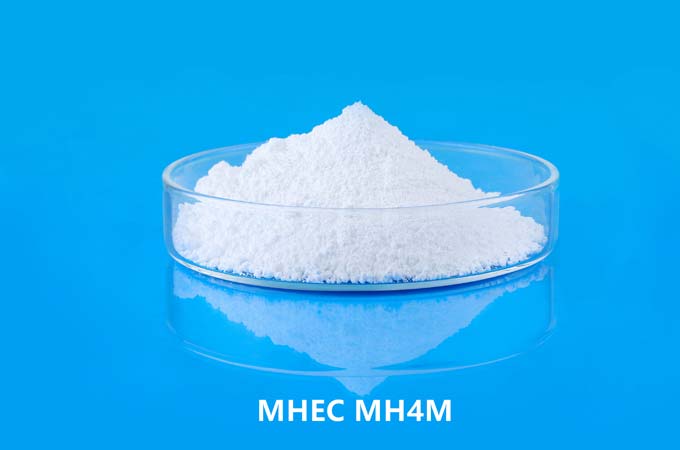Hydroxypropyl Methylcellulose (HPMC) is a versatile polymer that finds widespread applications in various industries, including pharmaceuticals, construction, food, and cosmetics. It is derived from cellulose and modified to have unique properties such as thickening, binding, film-forming, and moisture retention. HPMC grades differ based on factors like molecular weight, hydroxypropyl and methoxy substitution levels, viscosity, and particle size distribution.
Viscosity Grades:
HPMC is often classified based on its viscosity, which determines its thickening and gelling properties. Common viscosity grades include 3,000, 6,000, 15,000, 50,000, 100,000, and 200,000 cps (centipoise).
Lower viscosity grades (e.g., 3,000-15,000 cps) are suitable for applications requiring lower thickening, such as surface coatings, adhesives, and low-viscosity formulations.
Higher viscosity grades (e.g., 50,000-200,000 cps) are used in applications where thicker gels or increased water retention are required, such as in tile adhesives, mortars, and thickened coatings.
Substitution Grades:
HPMC can have varying degrees of hydroxypropyl and methoxy substitution, affecting its solubility, gelation, and film-forming properties.
Grades with higher hydroxypropyl substitution are more water-soluble and exhibit improved rheological properties. They are often used in pharmaceutical formulations, ophthalmic solutions, and controlled-release drug delivery systems.
Grades with higher methoxy substitution are less soluble in cold water but form clearer gels upon heating. They are commonly employed in food applications, such as stabilizers, thickeners, and emulsifiers.
Particle Size Distribution:
HPMC grades may also differ in their particle size distribution, which influences properties like dispersibility and texture.
Fine particle grades are preferred for applications requiring smooth textures and uniform dispersion, such as in cosmetics, where they serve as binders, thickeners, and film-forming agents.
Coarser grades find use in construction materials like cement-based mortars and plasters, imparting improved workability, water retention, and adhesion.
Specialty Grades:
Some HPMC grades are tailored for specific applications, exhibiting unique properties to meet specialized requirements.
For instance, grades designed for use in pharmaceutical tablets may possess controlled release or immediate release properties, ensuring optimal drug delivery kinetics.
Grades of hydroxypropyl methyl cellulose in food applications adhere to strict regulatory standards regarding safety, purity, and compatibility with food ingredients.
Compatibility Grades:
HPMC grades may also vary in their compatibility with other ingredients commonly used in formulations.
Certain grades are engineered to enhance compatibility with organic and inorganic additives, ensuring stable formulations with consistent performance.
Compatibility grades are crucial in formulations where HPMC interacts with other polymers, surfactants, or active ingredients to achieve desired product characteristics.
Regulatory Grades:
Regulatory considerations play a significant role in determining HPMC grades for specific applications, particularly in industries like HPMC in pharmaceutical and food.
Grades intended for pharmaceutical use must comply with pharmacopeial standards (e.g., USP, EP, JP), ensuring purity, potency, and safety for human consumption.
Food-grade HPMC must meet stringent regulations regarding permissible additives, maximum residue limits, and labeling requirements to ensure consumer safety and product quality.
Environmentally Friendly Grades:
With increasing emphasis on sustainability and eco-friendliness, manufacturers are developing HPMC grades with improved biodegradability and renewable sourcing.
Environmentally friendly grades may incorporate bio-based or recycled materials, reducing reliance on fossil fuels and minimizing environmental impact throughout the product lifecycle.
These grades align with green procurement policies and eco-labeling initiatives, appealing to environmentally conscious consumers and
businesses.
The diverse range of HPMC grades caters to a wide array of applications across various industries. Each grade offers distinct properties and functionalities, allowing formulators to tailor formulations to specific requirements regarding viscosity, solubility, gelation, compatibility, and regulatory compliance. As technology advances and market demands evolve, the development of novel HPMC grades with enhanced performance, sustainability, and versatility continues to drive innovation in materials science and product development.
 English
English 日本語
日本語 français
français Deutsch
Deutsch Español
Español italiano
italiano русский
русский português
português العربية
العربية Türkçe
Türkçe Nederland
Nederland



